This article is part of our coverage of the 2022 edition of Fantastic Fest, taking place from September 22-29. In this entry, we’re chatting with director Michael Giacchino about his marvelous monster movie homage, Werewolf by Night. Follow along with our reviews, interviews, and features from the fest in our Fantastic Fest archive.
A character must be pretty damn weird and unlovable to cause a disbelieving eyebrow raise from Kevin Feige. Yet, that’s exactly the response Michael Giacchino received when he told the Marvel Studios president he’d like to adapt Jack Russell, the Werewolf by Night headliner, into the live-action realm. There were no development plans for the lycanthrope before their conversation, but Feige’s surprise toward Giacchino’s passion demanded a Phase Four shake-up and the creation of Marvel’s first-ever “Special Presentation.”
Jack Russell originally appeared in 1972’s Marvel Spotlight #2. He’s the four-way creation of Roy Thomas, Jean Thomas, Gerry Conway, and Mike Ploog. Before 1971, the Comics Code Authority forbid the use of werewolves and other such supernatural beasties. When congressional and public scorn fell upon the comic book industry in the mid-fifties – thank you, Tales from the Crypt and other EC Comics – the publishers created the code as a means of self-policing. Better to chain the wrists of their creators rather than the government doing it for them.
With Vietnam violence featured routinely on the nightly news, our acceptance of pop culture brutality relaxed some. Goblins, ghouls, and monsters were fair game at Marvel once again. The Werewolf by Night name came from a pre-code story in Marvel Tales #116 by Stan Lee and Joe Sinnott, but Jack Russell was a Roy Thomas idea, sharpened by his then-wife Jean Thomas, and handed off to the series creative team of Gerry Conway and Mike Ploog.
In the comics, Jack Russell is a well-to-do blonde Malibu kid and werewolf. His family has a rich, bloody history, a past that brought his Transylvanian forebearers into constant conflict with Dracula. For Michael Giacchino, those early issues sunk their claws into his psyche. They satiated a fiendish curiosity for the previously prohibited monster mayhem.
“My brother and I,” says Giacchino, “would watch monster movies every Saturday. That’s all we ever did, and it was a religious experience for us. We would, no matter what, be in front of that television. We grew up outside of Philadelphia in New Jersey, and we’d watch Creature Double Feature. So anytime if we were at 7-Eleven, we would go to the comic book rack, and I would see a monster comic. I’d be like, ‘Grab it!’ And it would be Werewolf by Night. It would be Tomb of Dracula. It would be whatever it was they were doing at the time. Those became our favorites. We even had the book and record set of Werewolf by Night. I had all that stuff. I still do. My mom saved everything. It was a big part of my childhood.”
Obviously, Michael Giacchino knows his way around a film. He’s been composing epic works like Ratatouille, Rogue One, and Doctor Strange for decades. He even pulls double duty on Werewolf by Night, writing its score as well. However, his first cinematic desire was to direct, and after completing the short film Monster Challenge (which premiered at the 2018 Fantastic Fest), the craving only intensified. That’s when Feige got inquisitive.
“When Kevin said,” continues Giacchino, “‘Hey, if you’re going to direct, what do you want to direct?’ I was just like, ‘Werewolf by Night! That’s it. That’s what I want to do.’ And he was like, ‘Really?’ And I was like, ‘Yeah.” I explained to him why and what it meant to me. He just said, ‘All right. Well, let’s figure it out.’ And we did, and this is where I went. You can see when you watch it; it’s a huge love letter to all of those things.”
While Feige may have shown surprise by Giacchino’s subject choice, he never balked against it. The producer centers on filmmaker excitement, and you might be surprised by how loose Marvel Studios is willing to play with their slate. Nothing gets in the way of a good idea or a buzzing creative.
“He was very much into it,” he says. “I don’t know how much thought they had put into that side of their catalog yet. There hadn’t been much discussion about that. It was one of those things. If I was going to do something, I wanted to do something that had been untouched. I wanted to do the thing that had the most chance of failure because that was exciting, to get into something that made me go, ‘I don’t know what to do with this yet. Let’s figure it out together.’ That was the fun of it.”
Since Avengers: Endgame, Marvel Studios has tested the boundaries of what their audiences will accept narratively and tonally. WandaVision rode the line between comedy, tragedy, and superheroics. She–Hulk went full-Ally McBeal, chasing jokes while rapidly expanding the MCU’s bizarro roster. Mr. Immortal, really!? With Werewolf by Night, Giacchino saw another opportunity to free an untapped comic book resource.
“They had done such a brilliant work on the superhero side of things,” he says. “I honestly didn’t know what I could add to that. I wasn’t sure. ‘What do I do beyond what you’ve done? It’s already so good,’ I said. This was an area that not only do I love and have such an affinity for, but it’s ripe for discovery. Let’s see what we have, and let’s see what we can do. Let’s try and do something unique and different. The best thing we can do is surprise people by doing something that is just so out there and so unexpected.”
Werewolf by Night is certainly out there. Giacchino showcases the Creature Double Feature aesthetic, not only delivering a horror story in a gloriously rich black and white but supplying performances with no ceiling. The short film, clocking in just under an hour, screams in every frame. The director wanted it loud, jumpy, gooey, and bloody.
“The fact that we were doing it in black and white,” says Giacchino, “I think allowed us to tell the story in a way that was very different from what they’ve been doing traditionally. I kept pushing in those directions, in terms of not just the black and white of it all, but the horror aspect of it all. Not shying away from being scary. Let’s just be violent. As long as we are always centered on the characters and the emotions and the empathy and the humanity behind all of this, I felt like that gave us a lot of room to play in the other areas that we haven’t seen in the Marvel Cinematic Universe yet. The horror stuff, to me, was a big, big thing that I wanted to push as far as I could. And they never said no. So I kept pushing.”
Mostly, Giacchino wants us to love these characters as much as he already does. He’s doing what those Werewolf by Night comics did. He’s revealing the humanity beneath the monstrosity. As Steve Ditko and Stan Lee showed how Spider-Man’s greatest enemy was his Aunt May’s inability to pay the mortgage, Giacchino shows Jack Russell’s greatest enemy as the prejudice the so-called “normal” folk thrust upon him.
“These are people with problems,” he says. “These are not monsters. They’re people. They don’t want to be monsters. They don’t want to be this thing. They’re struggling with it. If we can help them accept and see that we accept them for who they are, then maybe things could be different. That’s what I wanted this to be about, this idea of really looking beyond what is in front of you physically and seeing what is inside, and to show them in a way that wasn’t just as a monster, to show them in a way that was like, ‘You see? These are actually people.'”
When it came time to cast Werewolf by Night, Giacchino did not want to mimic the beach boy from the books. Gael García Bernal steps into the role of Jack Russell, explaining away his goofy canine moniker as just one of many names Jack has carried throughout the years. As Marvel Studios frequently does with their characters, the director is uninterested in mimicking Jack Russell’s comic book counterpart. Those stories are done and exist on the shelf or in your longbox. No need to whine about it.
“Looking for who was going to be Jack Russell,” says Giacchino, “I never thought about, ‘Oh, it’s got to be modeled after what it was in the comics.’ The comics were fun. I love the comics. I love them! But let’s face it, if I had made a movie about a rich kid in Malibu who had all these problems – that’s not going to fly. I wanted someone that embodied this complete humanity and empathy. And Gael was the only person I could think of, the only one. I was very lucky to work with him on Coco. I got to know him a bit on that. So, when I started thinking about this, he was the only person I could imagine pulling that off in a way that felt real, that felt like somebody you wanted to root for, somebody that you already had a built-in understanding and love for.”
Love surrounds Werewolf by Night. Michael Giacchino wraps his arms around the genre he once devoted his childhood to, and in doing so, he embraces his brother and those comics they devoured at 7-Eleven. As he told the Fantastic Fest crowd after the film’s screening, he knows he’s not alone in adoring these monster movies. He’s hoping others will return his cinematic hug. And that hope is an act of love too. We’re all beasts seeking compassion.
Werewolf by Night premiers on Disney+ on October 7th.
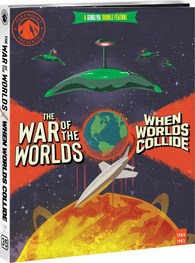 The War of the Worlds / When Worlds Collide [4K UHD, War only]
The War of the Worlds / When Worlds Collide [4K UHD, War only]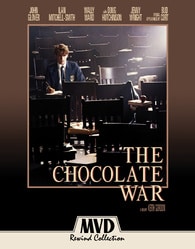 The Chocolate War
The Chocolate War Hearts Beat Loud [Gunpowder & Sky]
Hearts Beat Loud [Gunpowder & Sky]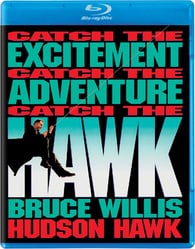 Hudson Hawk [KL Studio Classics]
Hudson Hawk [KL Studio Classics]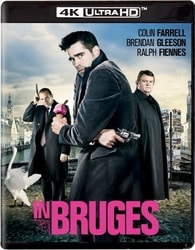 In Bruges [4K UHD, KL Studio Classics]
In Bruges [4K UHD, KL Studio Classics]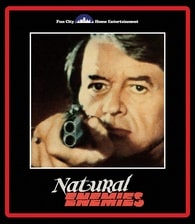 Natural Enemies [Fun City Entertainment]
Natural Enemies [Fun City Entertainment]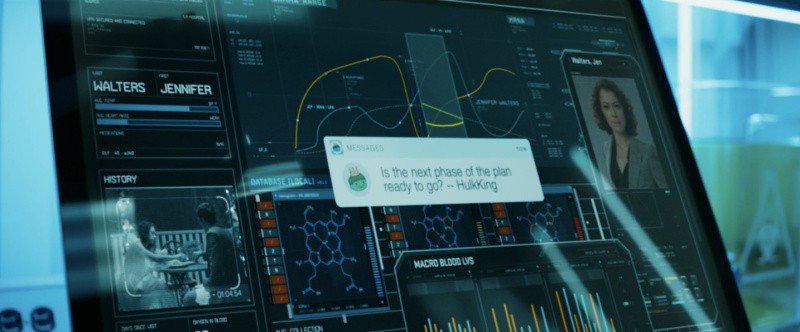
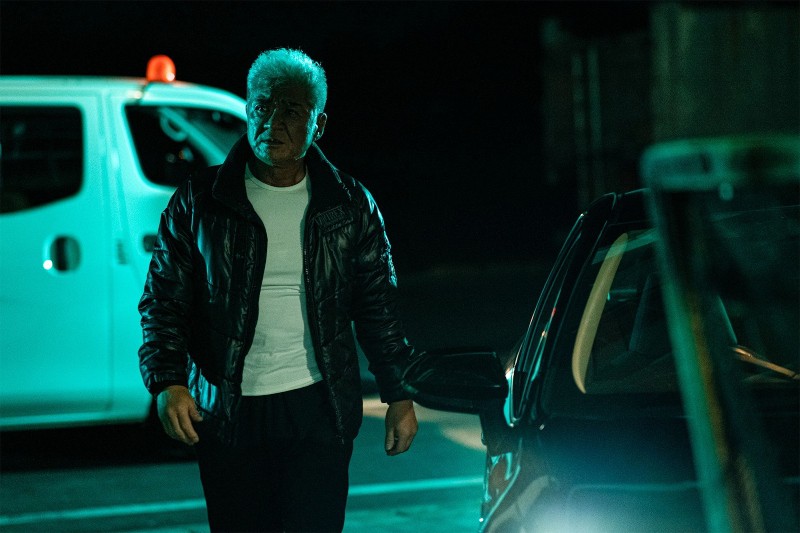
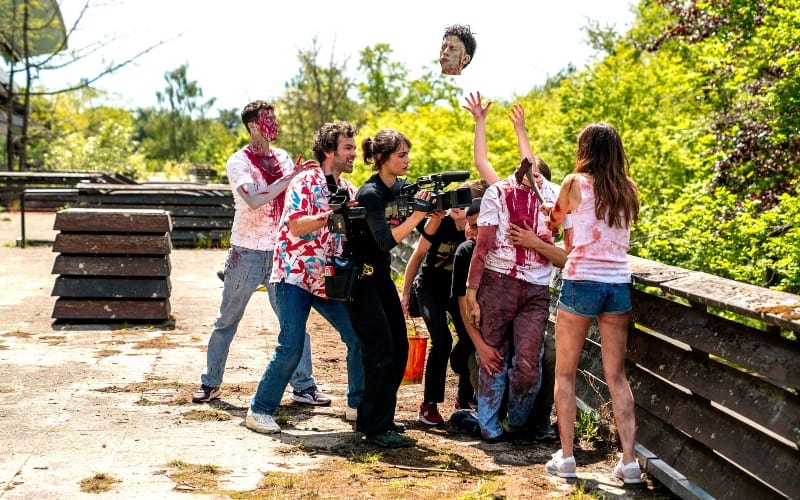
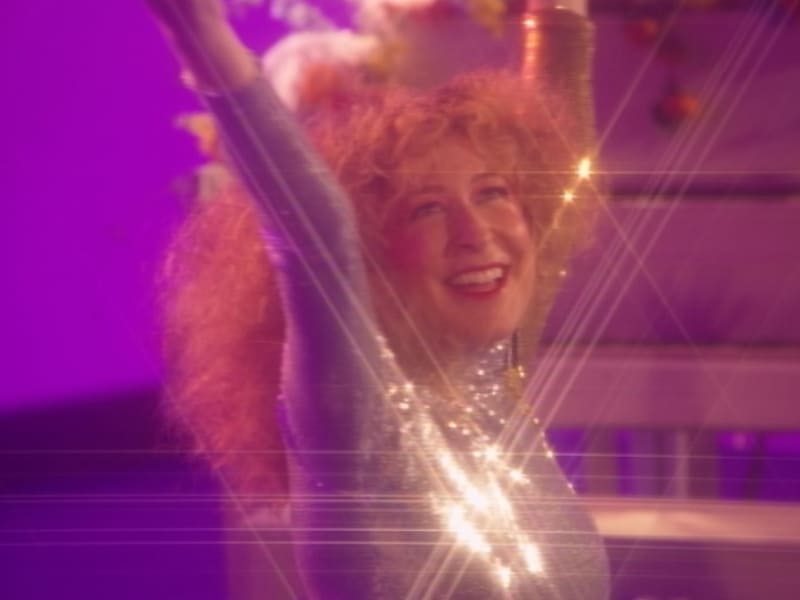
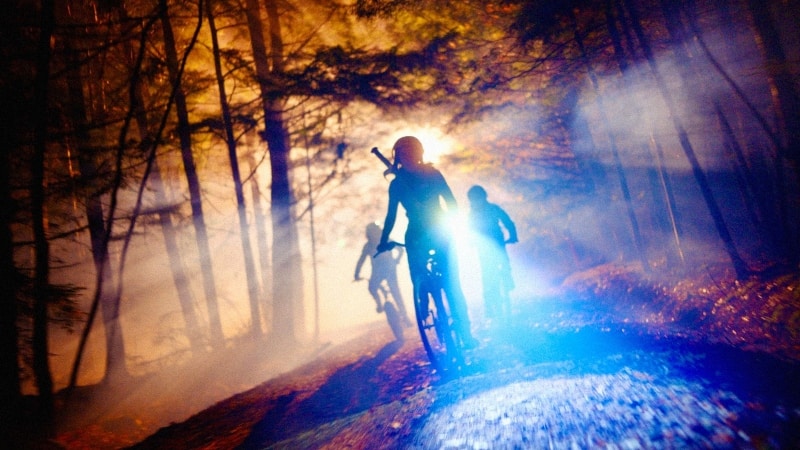

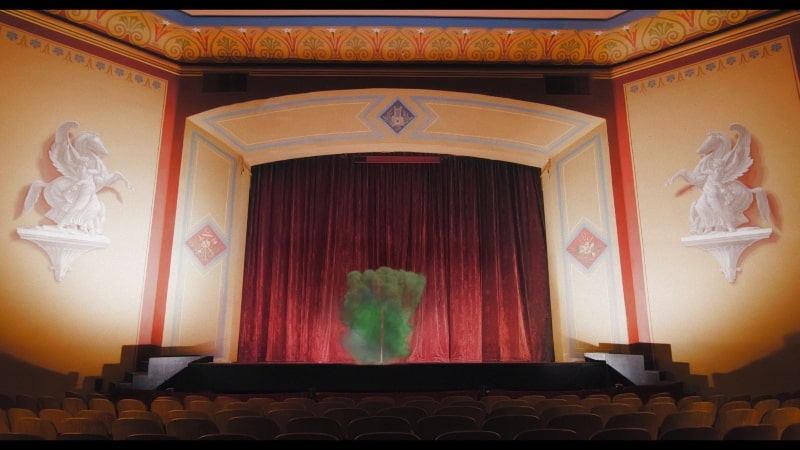
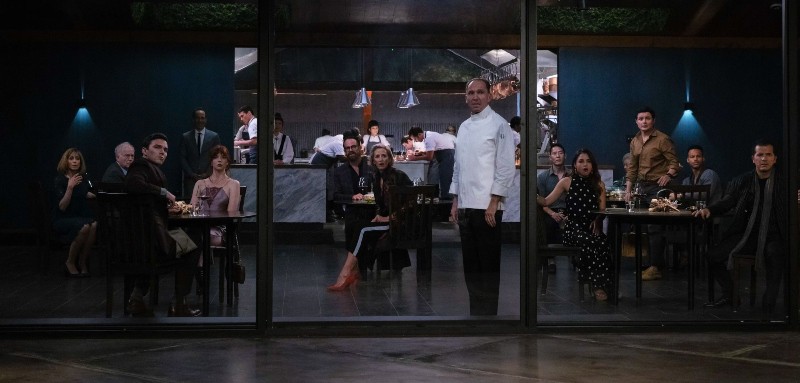
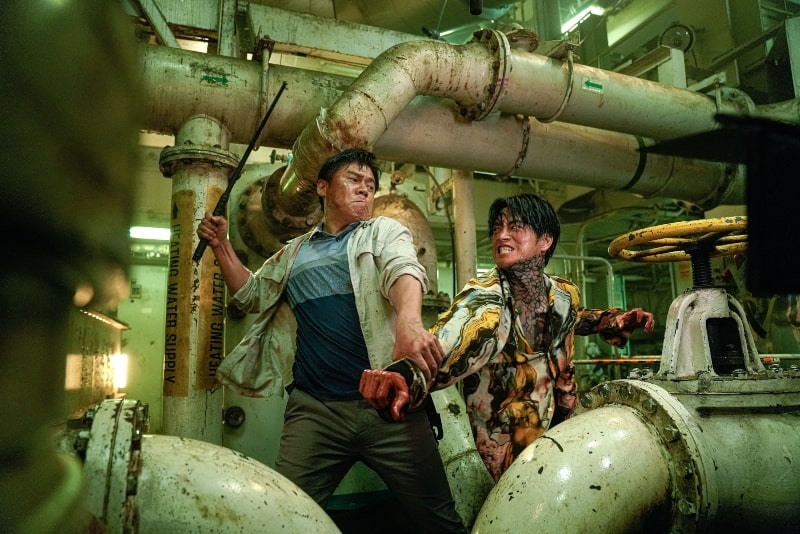

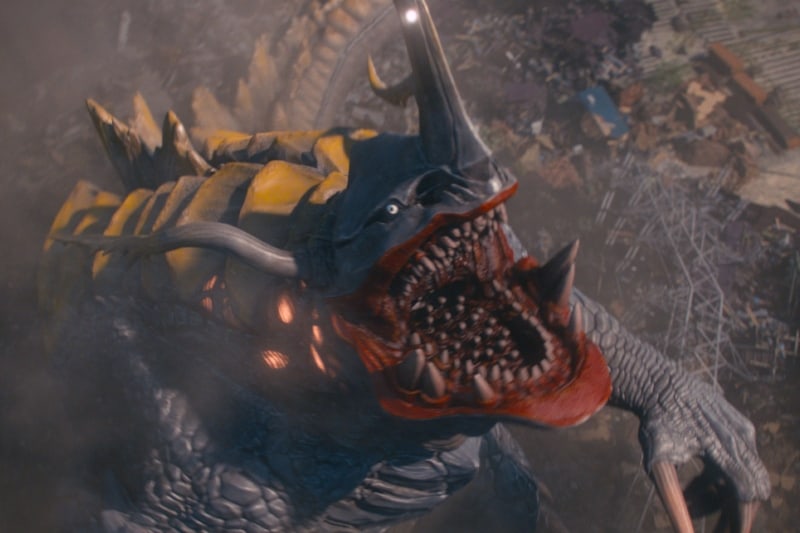
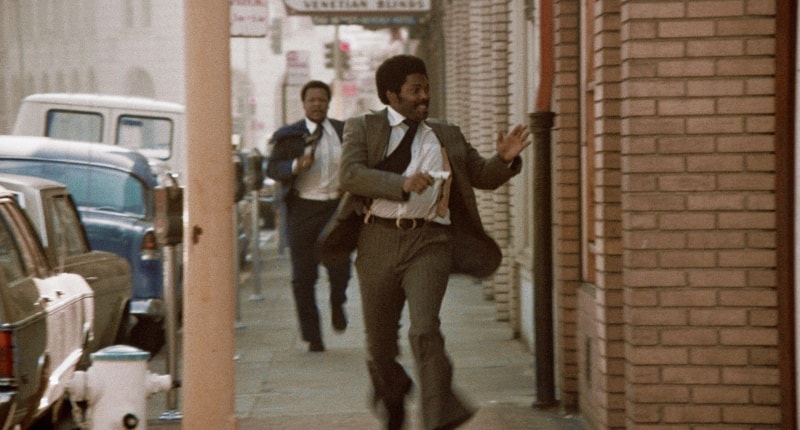
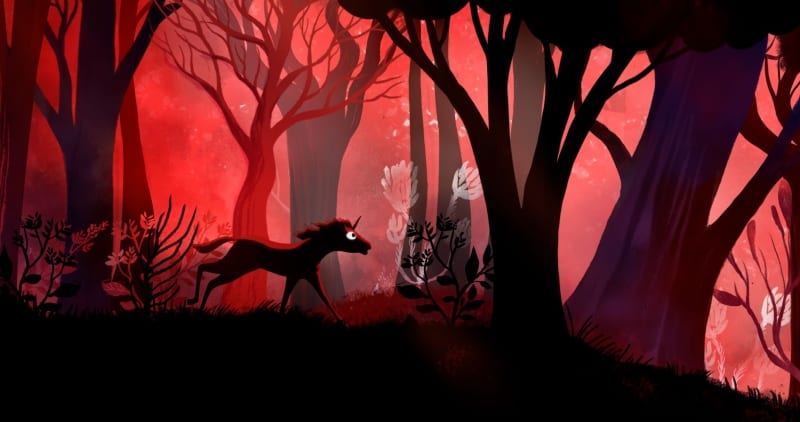
 While British and Roman invaders were once all the rage, more recent years (and decades) have seen that role occupied mostly by the United States and Russia. The latter is currently getting their asses handed to them by soldiers in Ukraine, but forty or so years ago their battlefield was Afghanistan. The Beast (aka The Beast of War) refers to a metallic, motorized “beast” — a Russian tank, occupied by a crew tired of battle in a desert far removed from home. They take part in in their army’s atrocities, but the tides turn when their tank is separated from the rest of the armored column and targeted by Afghan rebels.
While British and Roman invaders were once all the rage, more recent years (and decades) have seen that role occupied mostly by the United States and Russia. The latter is currently getting their asses handed to them by soldiers in Ukraine, but forty or so years ago their battlefield was Afghanistan. The Beast (aka The Beast of War) refers to a metallic, motorized “beast” — a Russian tank, occupied by a crew tired of battle in a desert far removed from home. They take part in in their army’s atrocities, but the tides turn when their tank is separated from the rest of the armored column and targeted by Afghan rebels. Plot is an important element in a narrative feature, but sometimes it’s the characters who craft an engaging story out of their own interactions. Sully (an expectedly fantastic Paul Newman) has lived a life on his own terms, much to the chagrin of nearly everyone around him. Friends, family, and strangers alike endure him more than enjoy him, but as his later years wind down he comes to realize that maybe that’s not how he wants to go out. He makes small attempts to reach out towards some even as he snaps back at plenty of others.
Plot is an important element in a narrative feature, but sometimes it’s the characters who craft an engaging story out of their own interactions. Sully (an expectedly fantastic Paul Newman) has lived a life on his own terms, much to the chagrin of nearly everyone around him. Friends, family, and strangers alike endure him more than enjoy him, but as his later years wind down he comes to realize that maybe that’s not how he wants to go out. He makes small attempts to reach out towards some even as he snaps back at plenty of others. It’s not unusual to come across a film from a few decades past that you’ve never heard of. It’s a bit more rare, though, when that movie stars some big names. The Music of Chance is one of those rarities. Jim (Mandy Patinkin) has money to burn, and he finds the match in a stranger named Jack (James Spader). Jack is a gambler, one who needs cash for a sure thing poker game, and soon the pair are heading to a remote estate that’s home to Bill (Charles Durning) and Willy (Joel Grey). And this game is anything but a sure thing.
It’s not unusual to come across a film from a few decades past that you’ve never heard of. It’s a bit more rare, though, when that movie stars some big names. The Music of Chance is one of those rarities. Jim (Mandy Patinkin) has money to burn, and he finds the match in a stranger named Jack (James Spader). Jack is a gambler, one who needs cash for a sure thing poker game, and soon the pair are heading to a remote estate that’s home to Bill (Charles Durning) and Willy (Joel Grey). And this game is anything but a sure thing. The 90s saw a wave of crime movies riffing on the success of Quentin Tarantino’s Pulp Fiction, but while Things to Do in Denver When You’re Dead is often lumped in with them the films were actually in production at the same time. The comparison stands, though, in regard to the topics at hand, but it can’t compete quality wise. Dialogue meant to sound cool and part of its world-building instead grow tiring and repetitive through over use. Boat drinks? Boat drinks. Boat drinks!
The 90s saw a wave of crime movies riffing on the success of Quentin Tarantino’s Pulp Fiction, but while Things to Do in Denver When You’re Dead is often lumped in with them the films were actually in production at the same time. The comparison stands, though, in regard to the topics at hand, but it can’t compete quality wise. Dialogue meant to sound cool and part of its world-building instead grow tiring and repetitive through over use. Boat drinks? Boat drinks. Boat drinks!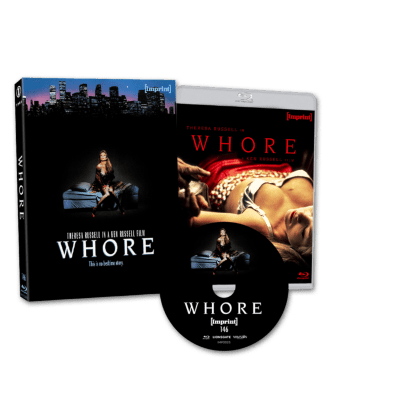 The apocryphal “oldest profession” has been at the heart of numerous films over the years from the sadistic (Angel) to the sweet (Pretty Woman), but a crassly explicit, fourth wall-breaking comedy? Ken Russell fills that gap with this provocatively titled attention grabber, one that was nailed by the MPAA with an NC-17 and generated lots of press — but that was ultimately seen by very few people.
The apocryphal “oldest profession” has been at the heart of numerous films over the years from the sadistic (Angel) to the sweet (Pretty Woman), but a crassly explicit, fourth wall-breaking comedy? Ken Russell fills that gap with this provocatively titled attention grabber, one that was nailed by the MPAA with an NC-17 and generated lots of press — but that was ultimately seen by very few people.